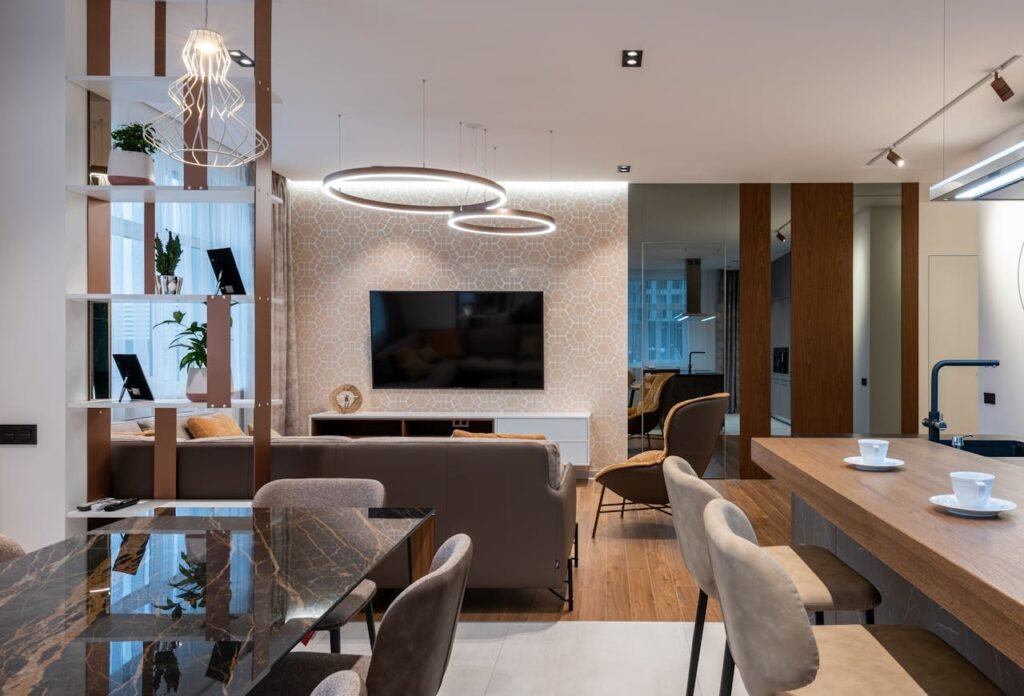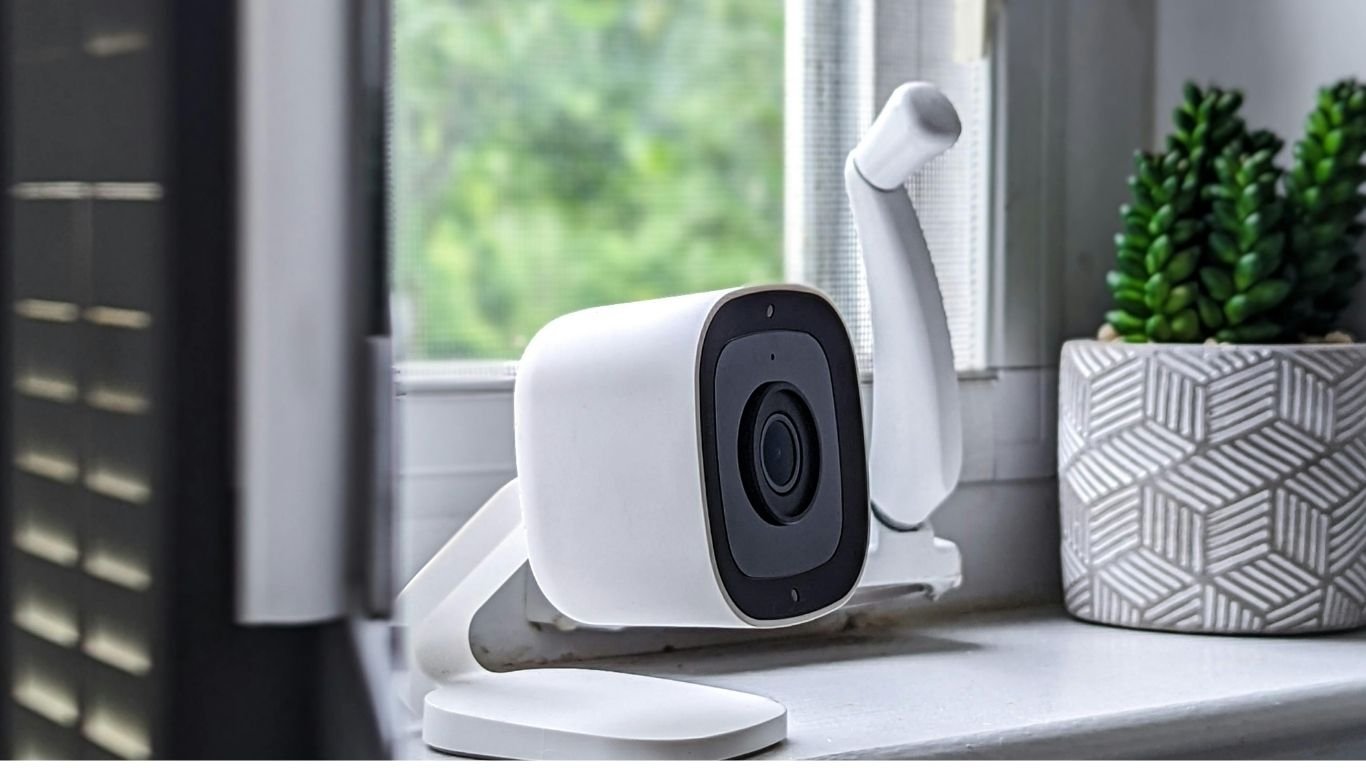Do you ever walk through your home and wonder if it’s truly supporting your health and happiness? A well-maintained and organized home can make a big difference in how we feel every day. Whether it’s the air you breathe, the space you relax in, or the habits you follow, everything plays a role in your overall well-being.
In this blog, we will share a complete home wellness checklist to help you build a space that nurtures your mind, body, and daily life.
Prioritize Clean Air and Ventilation
Breathing clean air is one of the most important parts of home wellness. Dust, pet dander, mold, and fumes can collect indoors and harm your lungs over time. Start by checking your air filters. Change them every few months to keep airflow fresh. Also, open windows when possible to bring in outdoor air. Use exhaust fans in bathrooms and kitchens to reduce moisture and smells that stick around. If you live near pollution or suffer from allergies, consider getting an air purifier.
You should also think about adding indoor plants. Many houseplants help remove toxins from the air while adding a touch of green to your space. Avoid using heavy sprays or scented candles, which may seem fresh but can carry chemicals. Stick to natural cleaners and unscented products. Check for mold in damp areas, especially basements, bathrooms, and laundry rooms. Address leaks and fix them early. Fresh air isn’t just nice to have—it’s something your body needs to stay well.
Inspect and Upgrade Your Home’s Structure
Your home’s structure affects more than comfort—it affects safety and health too. Regular inspections help catch problems before they become costly or dangerous. One key area to monitor is your roof. If you notice missing shingles, leaks, or dark spots on ceilings, it might be time for a roof replacement. A damaged roof can lead to mold, drafts, and water damage that affect your indoor air and energy costs. A solid roof keeps your home sealed and protects everything beneath it.
Foundation cracks, uneven floors, or doors that won’t close properly can also be signs of deeper issues. If you see these, call a professional. Keep an eye on your windows and doors, too—drafts not only make your house colder but can bring in outside dust and allergens. Consider sealing gaps or upgrading to energy-efficient models. Making these repairs or improvements will keep your home safe, quiet, and more comfortable in every season.
Create a Relaxation Zone
In a busy world, it’s important to have a place where you can relax and recharge. A wellness-friendly home includes a space just for peace and quiet. This doesn’t need to be fancy or large. It could be a cozy chair by a window, a reading nook in a corner, or a mat in your bedroom for stretching and deep breathing. What matters is that it’s free from clutter, noise, and distractions. Fill it with things that make you feel calm, like soft lighting, blankets, calming scents, or your favorite books.
Limit screens in your relaxation space. This area should be used to disconnect from the constant buzz of phones and TV. Instead, listen to soft music or nature sounds. You might want to add a diffuser with lavender or eucalyptus oils for a soothing scent. Over time, this space can become your go-to spot when you need a mental break or want to wind down after a long day. Even just a few minutes here daily can help reduce stress.
Keep Your Kitchen Healthy and Functional
Your kitchen plays a big role in how you eat and feel. A healthy kitchen supports cooking fresh meals and avoids habits like grabbing takeout too often. Start by organizing your pantry and fridge. Throw out expired food and keep healthy options like fruits, whole grains, and snacks in plain view. Group similar items together so you can find things quickly. Store junk food out of sight if you don’t want it to tempt you daily.
Make sure your kitchen tools and appliances are working well. A slow or broken stove might discourage cooking. If you’re missing basics like a blender, sharp knives, or clean cutting boards, consider adding them. Also, think about lighting—bright kitchens feel clean and motivate cooking. Wipe down counters and handles often to prevent bacteria from spreading. A clean, functional kitchen doesn’t just look nice. It helps you eat better and feel more in control of your meals and health.
Organize and Declutter Living Spaces
Too much clutter can make your home feel chaotic. It can even increase stress and make it hard to relax or focus. Start by walking through your home and identifying items you don’t use or need. Donate clothes you haven’t worn in a year. Recycle papers, magazines, and items that no longer serve a purpose. Use baskets, bins, or storage boxes to group items like toys, cables, or mail so your space looks neat.
Try to keep surfaces like coffee tables, countertops, and desks clear. Having too many things out in the open can overwhelm your senses. You don’t need to become a minimalist, but a bit of tidying up can make your home feel lighter and easier to enjoy. Decluttering doesn’t need to happen all at once. Focus on one room each week. Over time, you’ll create spaces that feel open, comfortable, and easier to care for.
In conclusion,home wellness isn’t about perfection—it’s about creating a space that helps you feel better every day. Whether it’s cleaner air, better sleep, or a space to move and relax, small changes can lead to a stronger sense of peace and comfort at home. When your home supports your physical and emotional needs, everything else feels easier. Think of your home as a partner in your well-being, not just a place to live. Start with one area and build from there. Your well-being starts with where you live. What’s one thing you’ll change today to make your home feel healthier?







